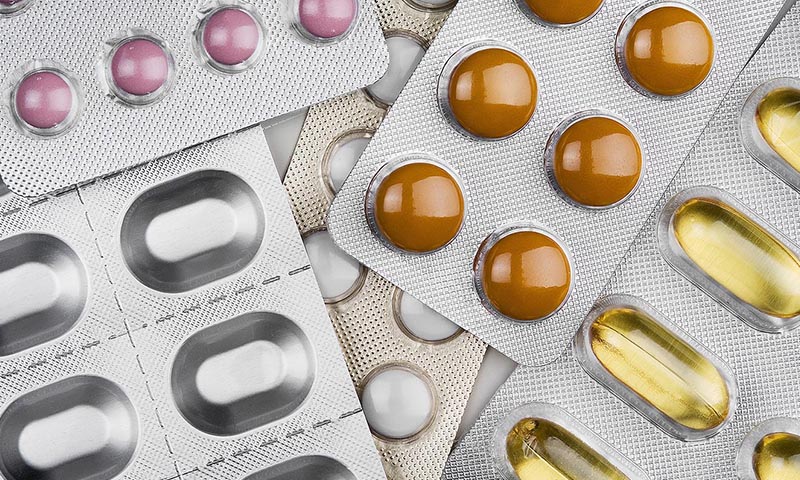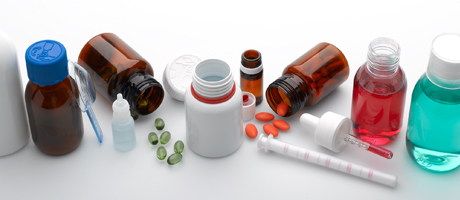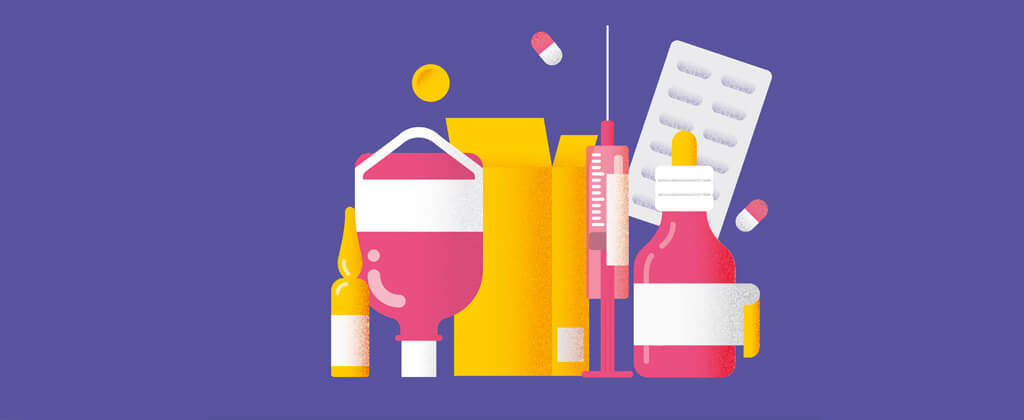Packaging is used in many sectors of activity, from the agri-food sector to the cosmetics sector, from IT to many others. Today we want to talk about one of the most important and most controlled sectors of packaging: we are talking about pharmaceutical packaging.
The role of pharmaceutical packaging
As for all the others sectors, pharmaceutical packaging main purpose is to pack a product in order to protect it and to facilitate its transport. But it is not only this. In fact, pharmaceutical packaging among all types of packaging is certainly the most complex. The marketing element is not as decisive as it is for the packaging of the agri-food sector, where the main goal is to attract the customer’s attention to influence him and to choose one product rather than another.
Pharmaceutical packaging plays a much more important role because it is directly linked to patient health. Its main functions are as follows:
- Protection of the product: for this reason the primary packaging, the one in direct contact with the medicine, is very important.
- Resistance to external agents: the product must not be exposed to light or direct air.
- The integrity of the drug, thanks to a packaging that has proof of inviolability.
We also remember that pharmaceutical packaging has an informative function, as it must explain very clearly to the patient its content and its correct use. We can find this information on the label, on the box or on the leaflet inside the carton.
Packaging machinery suitable for pharmaceutical packaging
Every time we go to the pharmacy we are surrounded by many packs of medicines and normally we do not even worry about how the packaging is made. However, it is important to remember that all these drugs have been packaged with great care and above all thanks to very sophisticated packaging machines.
So which packaging machine is needed and for which kind of medicines?
Medicines can be in the made in form of liquids, solids, dust or creams and can be packed in different ways. For example, tablets can be packed in PVC / ALU, ALU / ALU, PVC / PVDC blisters, etc. These blisters are placed in a carton together with the leaflet. Then the carton will go into a bigger box to be transported. In this case, the machines that normally are used are:
- The blister machine to put the tablets inside blisters. In this phase, the machine also checks that all the tablets are present inside the blister and that they are intact, that the blister is closed well and that there are no micro-holes. This control is generally done with cameras. Blisters that are considered incomplete or defective are discarded.
- The horizontal cartoning machine is used to insert the blisters inside the cartons (very often 2 or 3 blisters are inserted in a carton) together with the leaflet. This phase is very important because the presence of the leaflet is essential. As before, if the leaflet is missing in the carton, then the carton will be rejected. The lot number and expiry date of the drug is also printed in the outer part of the carton. If the camera notices the absence of this print, the carton will not be considered suitable and will therefore be rejected.
- The case packer represents the machinery where all the cartons will be put inside boxes in order to be well transported. In this phase it is essential to check and record the cartons which are present in the box, in order to track them.

Very often liquid drugs are packed in plastic or glass bottles or in vials. These bottles are then inserted into cartons and as last step into boxes ready to be transported. The machine used for packaging medicines in the form of liquids is the filling capping machine (also called filling and capping monoblock) that can be rotative or linear. As its name indicates, this machine fills and caps the bottles with plastic caps, rubber caps, one or two caps or a cap + a measuring cup… The solutions are numerous. In this case, it is essential that the machine checks the correct liquid level filled inside the bottle, then the machine checks the presence or absence of the cap and if the cap is closed properly. All these checks are done again thanks to cameras. The bottles are then labelled thanks to a labelling machine, which must checks the presence or absence of the label on the bottle.
The phase of cartoning is almost the same as we have seen for the blisters, with the only difference that in the case of the bottles, you can also use a vertical cartoner for inserting the bottles in the cartons rather than a horizontal cartoner (depends on the product format).
The powders can be packed in bottles or in sachets. In the case of the sachets we will have the bagging machine or the sachet machine that makes this type of packaging. Here it is important to check the correct closure of the sachet. Generally the lot number and expiration date is printed directly on the sachet, so the cameras must also verify that this information is present and legible.
Finally, the creamy products are packed in plastic or aluminium tubes. The tube filler must be able to verify both the closure and the integrity of the tube and verify that the information has been printed well on the tube. After that the tube also goes in a carton together with a leaflet.

In the case of complete packaging lines, the controls are present on every machine and every time a camera or an other control device detects an anomaly, the packaging of this product is stopped and rejected as soon as possible. In this way, the large companies that deal with pharmaceutical packaging guarantee the integrity and the inviolability of all medicines. The process is complex and the importance is high, since as previously mentioned this “packaging” is directly connected to the health of the patients.
